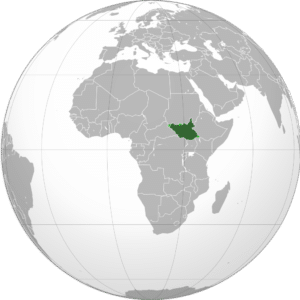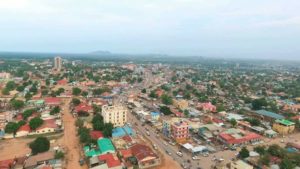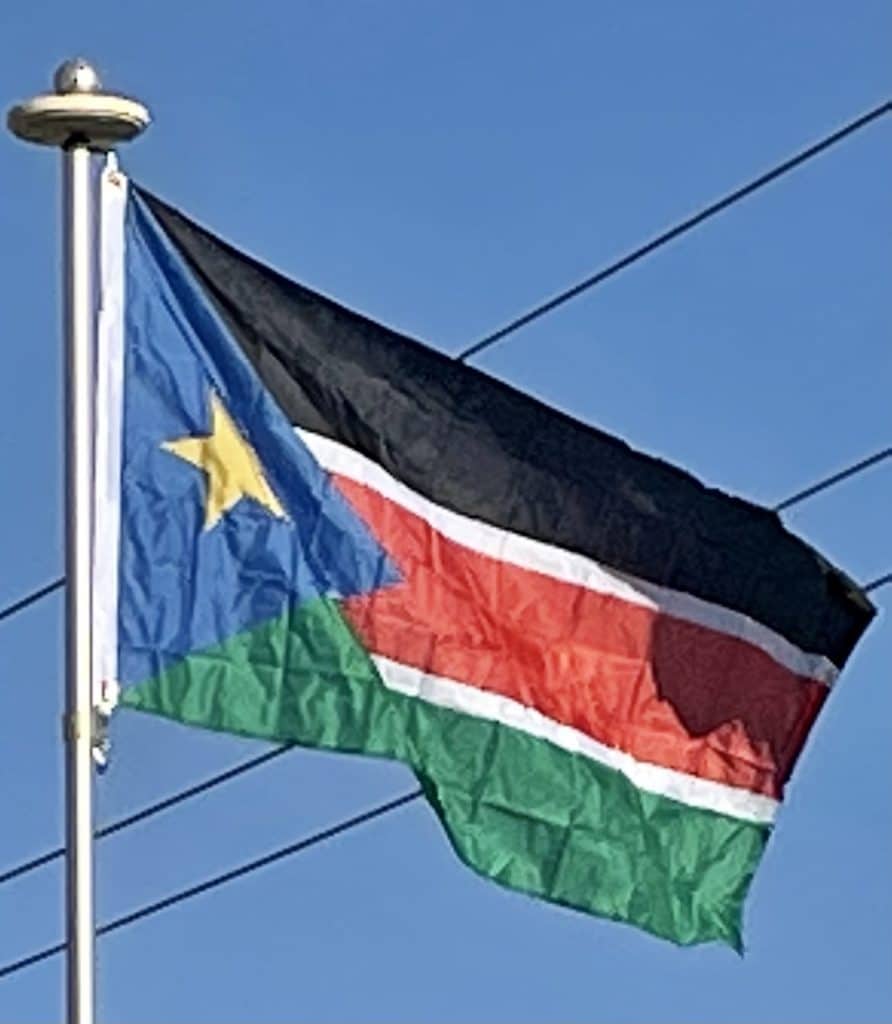Introduction:
South Sudan, officially known as the Republic of South Sudan, is a landlocked country in east/central Africa. It is bordered to the east by Ethiopia, to the north by Sudan, to the west by the Central African Republic, to the southwest by Democratic Republic of the Congo, to the south by Uganda and to the southeast by Kenya. It has a population of 12 million, of which 500,000 live in the capital and largest city Juba.

It gained independence from the Republic of the Sudan in 2011, making it the most recent sovereign state or country with widespread recognition as of 2021. It includes the vast swamp region of the Sudd, formed by the White Nile and known locally as the Bahr al Jabal meaning “Mountain River”. Sudan was occupied by Egypt under the Muhammad Ali dynasty and was governed as an Anglo-Egyptian condominium until Sudanese independence in 1956. Following the First Sudanese Civil War, the Southern Sudan Autonomous Region was formed in 1972 and lasted until 1983. A second Sudanese civil war soon broke out, ending in 2005 with the Comprehensive Peace Agreement. Later that year, southern autonomy was restored when an Autonomous Government of Southern Sudan was formed. South Sudan became an independent state on 9 July 2011, following 98.83% support for independence in a January 2011 referendum. It has suffered ethnic violence and endured a civil war characterised by rampant human rights abuses, including various ethnic massacres and killings of journalists by all sides from 2013 until 22 February 2020, when competing combat leaders Salva Kiir Mayardit and Riek Machar struck a unity deal and formed a coalition government, paving the way for refugees to return home.

The South Sudanese population is composed mostly of Nilotic peoples, and it is demographically among the youngest nations in the world, with roughly half under 18 years old. The majority of inhabitants adhere to Christianity or various Indigenous faiths. The country is a member of the United Nations, the African Union, the East African Community, the Intergovernmental Authority on Development and is a party to the Geneva Conventions. As of 2019, South Sudan ranks third-lowest in the latest UN World Happiness Report, third lowest on the Global Peace Index, and has the third-highest score on the American Fund for Peace’s Fragile States Index.
History:
The Nilotic people of South Sudan first entered South Sudan sometime before the 10th century, coinciding with the fall of medieval Nubia. From the 15th to the 19th century, tribal migrations, largely from the area of Bahr el Ghazal, brought additional tribes into the general area.
British policies favoring Christian missionaries, such as the Closed District Ordinance of 1922 (see History of Anglo-Egyptian Sudan), and geographical barriers such as the swamplands along the White Nile curtailed the spread of Islam to the south, thus allowing the southern tribes to retain much of their social and cultural heritage, as well as their political and religious institutions.
